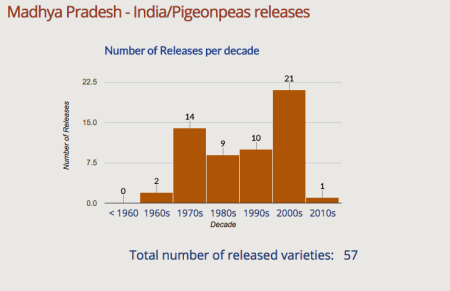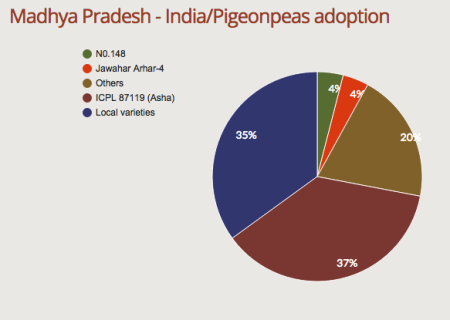In my defence, I have visited the ASTI website before. Just not in a while, unfortunately. And I therefore missed a lot of developments. So thank you, Jeremy, for sending me there again earlier today. But let’s step back a bit. What is ASTI, anyway?
Agricultural Science and Technology Indicators (ASTI) provides trusted open-source data on agricultural research systems across the developing world. Led by the International Food Policy Research Institute (IFPRI), ASTI works with a large network of national collaborators to collect, compile, and disseminate information on financial, human, and institutional resources at both country and regional levels across government, higher education, nonprofit, and (where possible) private for-profit agricultural research agencies.
Very laudable. There’s a lot of useful stuff on the website, organized by country and region, but also covering the CGIAR centres. And the last is what I would like to focus on for a minute here. ASTI is hosting two projects tracking the adoption of improved varieties in South Asia and Africa. The raw data is downloadable, but there are useful summary graphics, though I would have liked them to be more easily sharable (the following examples are screenshots).
So, if we take as an example pigeonpeas in Madhya Pradesh, we get this overview:

And a time line of releases:

And, perhaps most interestingly, the level of adoption of the main varieties:

And if you’re interested in that 37% share, and I know you are, you can find out all about the variety in question, ICPL 87119 (otherwise known as Asha) from ICRISAT.